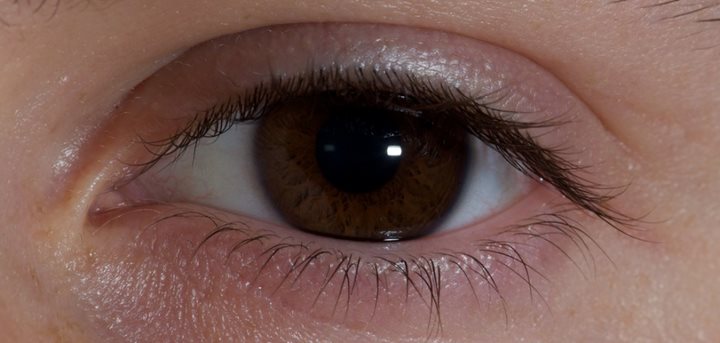Cataracts are formed within the eye and not above the eye which causes double or blurred vision. At the point when vision becomes blurry, ordinarily because of age, you can suspect a cataract. The major impact of a cataract is obscured vision. At that point, what is a cataract and how is it created? This article will outline what they are and what are symptoms to watch out for.
What Is A Cataract?
A cataract is like a waterfall blurring the eye lens, for the most part because of aging, conditions like diabetes, prolonged exposure to bright light and so on. The US National Institute of Health and the National Eye Institute have assessed that the majority of Americans over the age of 80 will get cataracts or already have them.
What Causes Cataracts to Develop?
Most age-related cataracts happen in both of the two routes talked about here.
1. Protein clustering is one of the fundamental causes behind blurring of the lens. This happens when lens proteins start to denature as an aftereffect of maturing. You will most likely be unable to see the distinction when the cataract is little yet as it develops and spreads, visual perception deteriorates and having eyeglasses and more grounded lighting can help the person adapt up until surgery is a flat out need.
2. With the maturing of the lens, it loses its characteristic clarity and may include a tint of yellow or cocoa. Likewise, with protein actuated cataracts, you will most likely be unable to see the obscuring of vision at first. The one contrast in the tinted cataract is vision sharpness won’t decrease, yet distinguishing colors like purple will be hard to see.
How Do I Know Whether I Have A Cataract?
Watery eyes won’t give any indications until it continues to get worse and worse. However, these are the normal symptoms of a cataract:
1. Blurred hues and obscured vision
2. Poor night vision, however, headlights and daylight may seem too bright with a radiance around the source.
3. Incessant need to change contact lenses
Who Is At Risk? Should I Worry?
People who drink excessively or individuals who are exposed to UV light for quite a while are at risk of getting cataracts. People with diabetes also confront the same risks.
Distinctive Types of Cataract
1. Optional cataracts as an eventual outcome of eye surgery, as on account of glaucoma
2. Inborn cataracts in newborn babies, which in uncommon cases leads to lens substitution
3. Traumatic cataracts because of eye wounds –These have late onsets
Treatment
Early side effects can be corrected with glasses, however when daily life gets affected after its complete improvement, surgery is the best way to treat cataracts.








